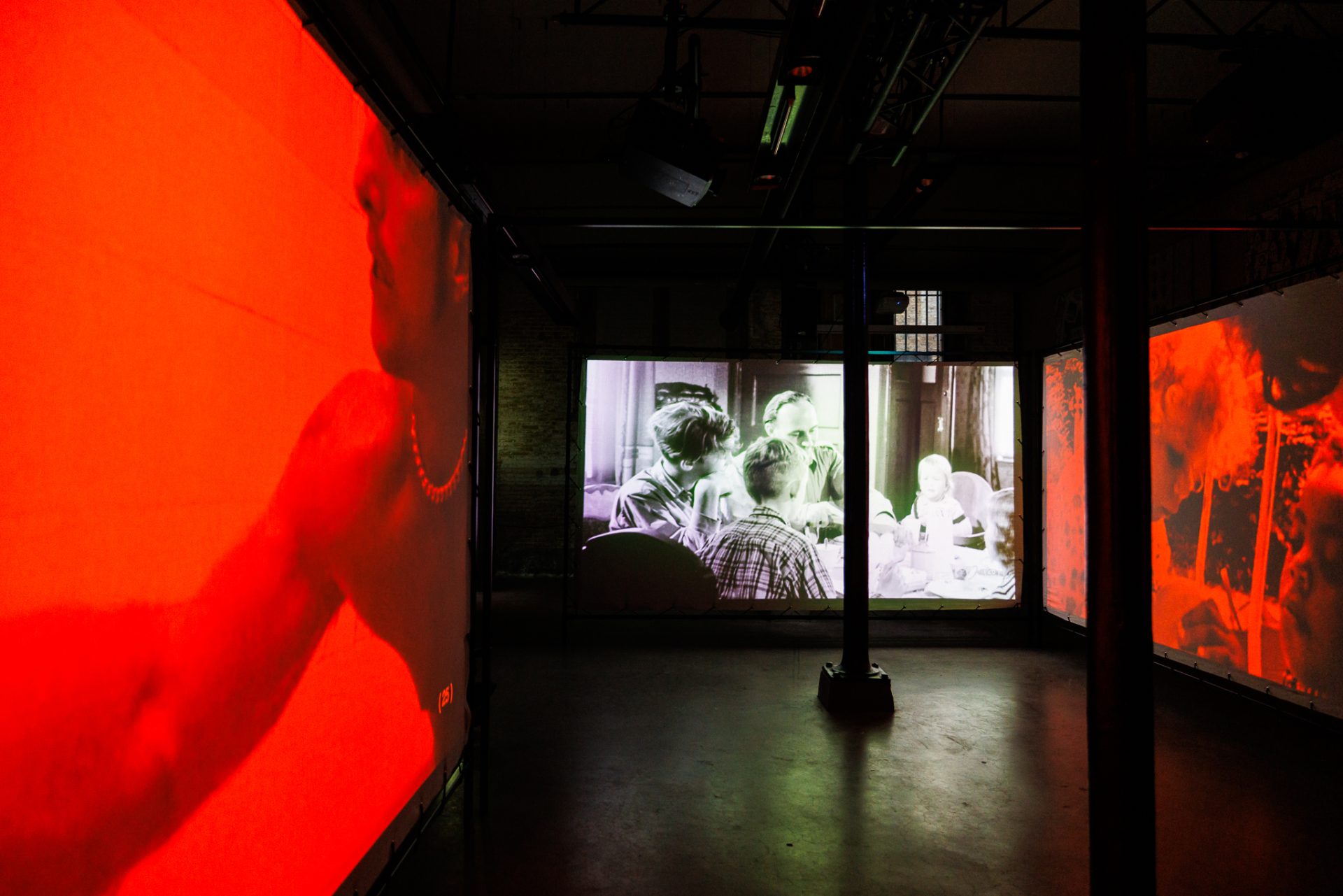This film contains explicit scenes, including sexual content and, to a lesser extent, violence. Keep this in mind if you plan to visit the work with children or young viewers.
In their film installation A Moving History of the Young Worker, Werker Collective explores the history of the international workers’ movement through a queer lens. Central to their investigation is the way the worker’s body has been depicted under varying political and geographical conditions.
Fryslân has long held strong ties to emancipatory politics and the international labour movement. One of the key figures in this history is Ferdinand Domela Nieuwenhuis (1846–1919), a pioneer of anarchism and the workers’ movement in the Netherlands, with deep roots in Fryslân.
In A Moving History, Werker brings together film fragments from an eclectic mix of sources: feature films, documentaries, amateur footage, TV broadcasts, educational videos, and even commercials. They employ a montage technique first introduced in 1925 by Soviet (queer) filmmaker Sergei Eisenstein, who sought to make political cinema more engaging for wider audiences.
The structure of A Moving History of the Young Worker is built around the ‘Five Ks’—a concept coined by Domela to describe the forces he believed oppressed workers: Church, Crown, Capital, Army, and Alcohol (Kerk, Koning, Kapitaal, Kazerne, Kroeg). Nearly a century later, it takes little imagination to see just how relevant these five forces still are today.
